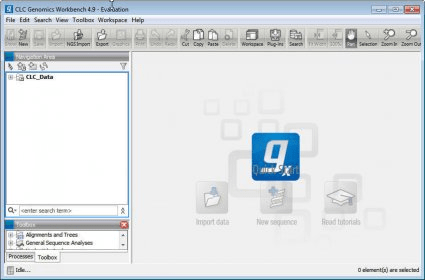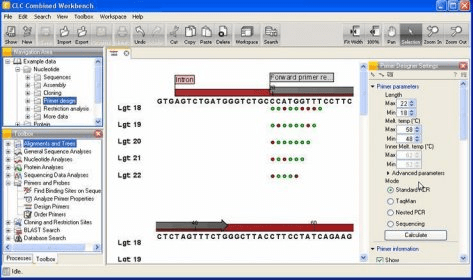
The super family Filarioidea consists of the families Filariidae, Setariidae as well as Onchocercidae, and all filariae are transmitted by hematophagous arthropods (Anderson 2000). tundra has been established in most of Europe for a very long time.įilarial nematodes are parasites of tissues and body cavities of all classes of vertebrates other than fishes (Anderson 2000) and pose a threat to humans, domestic animals, and wildlife (WHO 2007). High diversity of the COI gene sequences isolated in the city of Wroclaw in south western Poland and the presence of identical or almost identical sequences in mosquitoes and roe deer across Europe suggests that S.

vexans biology, suggested host preference as the most likely cause of the mosquito genus-biased infections. tundra COI gene sequences found in Aedes vexans and Aedes caspius mosquitoes and in roe deer in many European studies, supported by data on Ae. The differences in the diurnal rhythm of Aedes and Culex mosquitoes did not seem a likely explanation for the lack of S. tundra infections were mainly found in Aedes mosquitoes. tundra COI gene detection was the rule rather than the exception. We have observed that cross-reactivity in PCR assays for Dirofilaria repens, Dirofilaria immitis, and S. In our search for Dirofilaria spp.-infected mosquitoes, we have found Setaria tundra-infected ones instead, as in many other European studies. We hypothesized that combining the data obtained from molecular xenomonitoring and phenological studies of mosquitoes in the urban environment would provide insights into the transmission risk of filarial diseases. The entomological monitoring of filarial nematode infections in mosquitoes by molecular xenomonitoring might serve as the measure of the rate at which humans and animals expose mosquitoes to microfilariae and the rate at which animals and humans are exposed to the bites of the infected mosquitoes. NCBI Genome Workbench Privacy information.Ĭurrent Version is 3.7.In recent years, numerous studies screening mosquitoes for filarioid helminths (xenomonitoring) have been performed in Europe. NCBI Genome WorkBench uses third party tools and libraries.
#Clc main workbench version 7.7.1 software
Please refer this book chapter for additional methods and to cite your use of our software in your publications.Ĭomplete sources, build instructions and scripts are located at: Government have not placed any restriction on its use or reproduction.

The National Library of Medicine and the U.S. This software/database is freely available to the public for use.
#Clc main workbench version 7.7.1 free
Genome Workbench is a free open-source software under the terms of the United States Copyright Act. Start with watching the Introducing the Genome Submission Wizard video tutorial. The package includes a pop-up, tabbed wizard that directs a submitter through the data input steps needed to create a submission and a menu of editing and reports tools that can be used on an existing submission. Genome Workbench offers a Sequence Editing Package that allows users to create, edit, validate, and submit a genome sequence submission to GenBank. NCBI ASN1, AGP, BAM, BED, CSRA, FASTA, GFF, GVF, NEWICK, NEXUS, REPEAT MASKER, TABLE, TEXT ALIGNMENT, VCF, WIGGLE, 5 COLUMN FEATURE Search/Find Repetitive Sequences with WindowMasker Graphical Views, Integrated Tools, and Data Formats available in NCBI Genome Workbench: Graphical Views of data to graphically display data analyses in publications and presentations. Users are invited to take advantage of the flexibility included via these tools to create phylogenetic trees, alignments, tabular view etc. When a researcher studies and analyzes results with Genome Workbench, they view the data in novel ways that leads to new understanding and discovery.

Learning and Discovery is accomplished along the way. Users can explore and compare data from multiple sources including the NCBI databases or the user’s own private data.ĭata analysis in Genome Workbench is supported by an advanced suite of industry standard alignment tools including BLAST, Clustal, Kalign, MAFFT among others. Genome Workbench offers researchers a rich set of integrated tools for studying and analyzing genetic data.


 0 kommentar(er)
0 kommentar(er)
